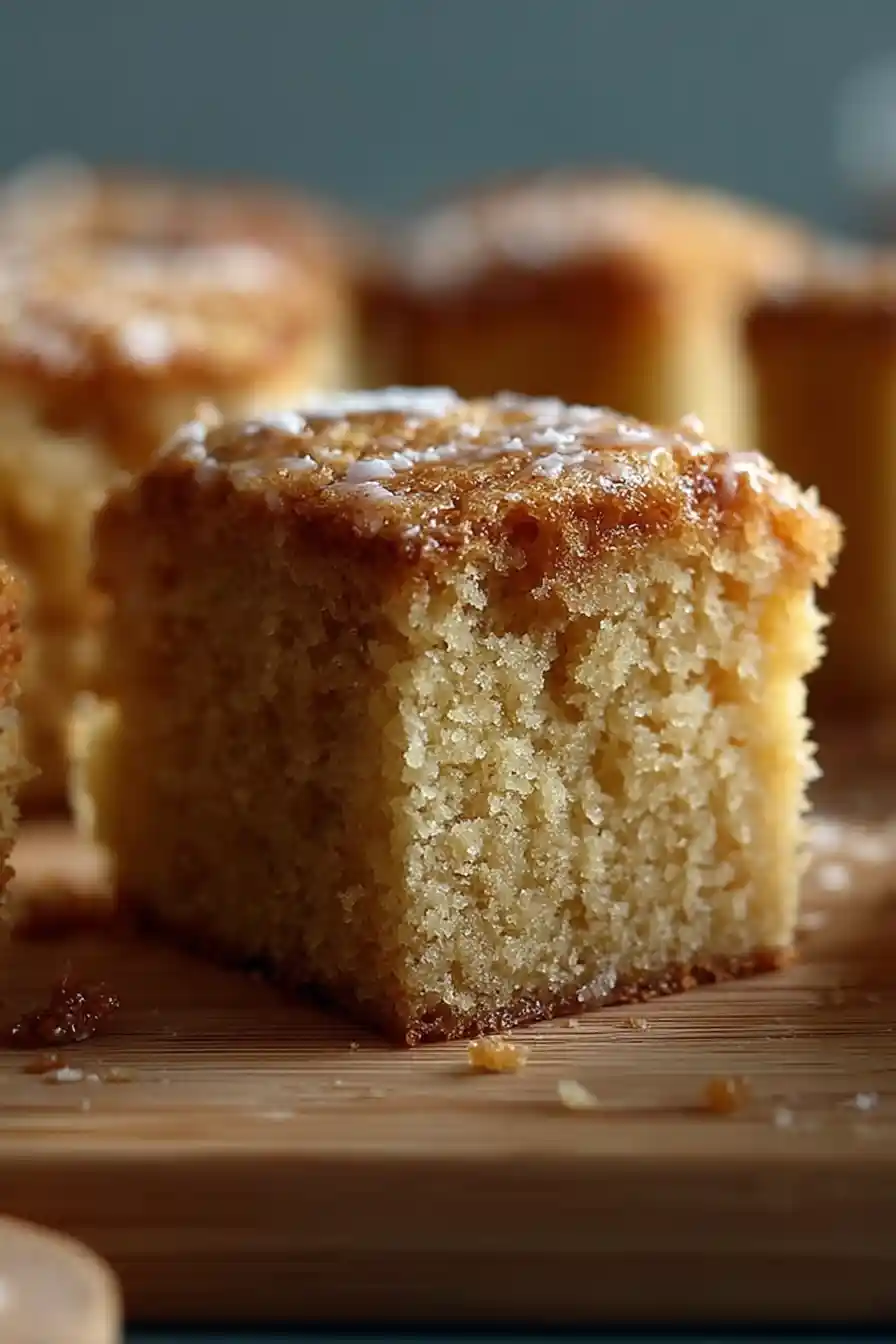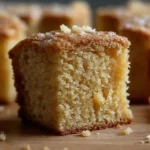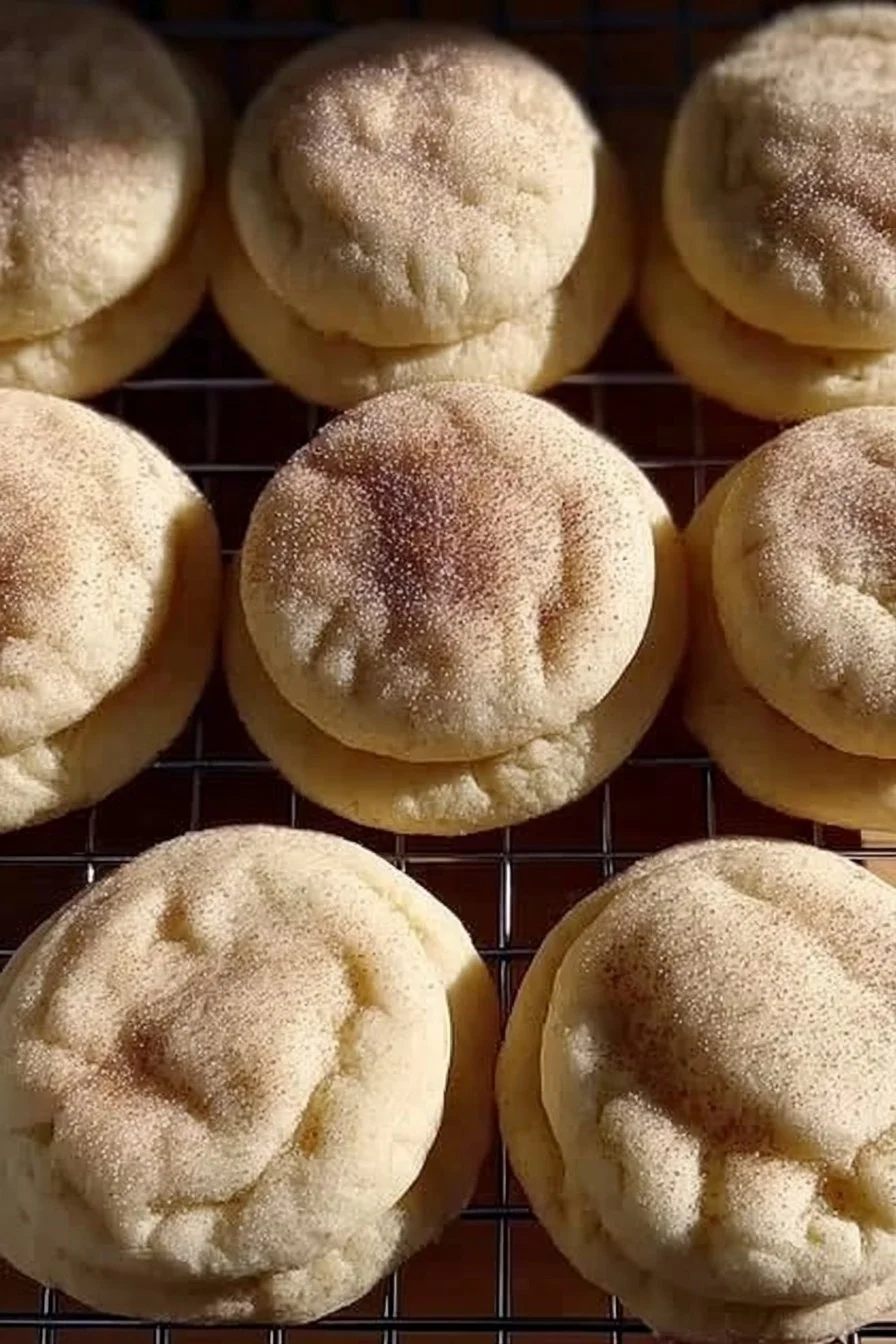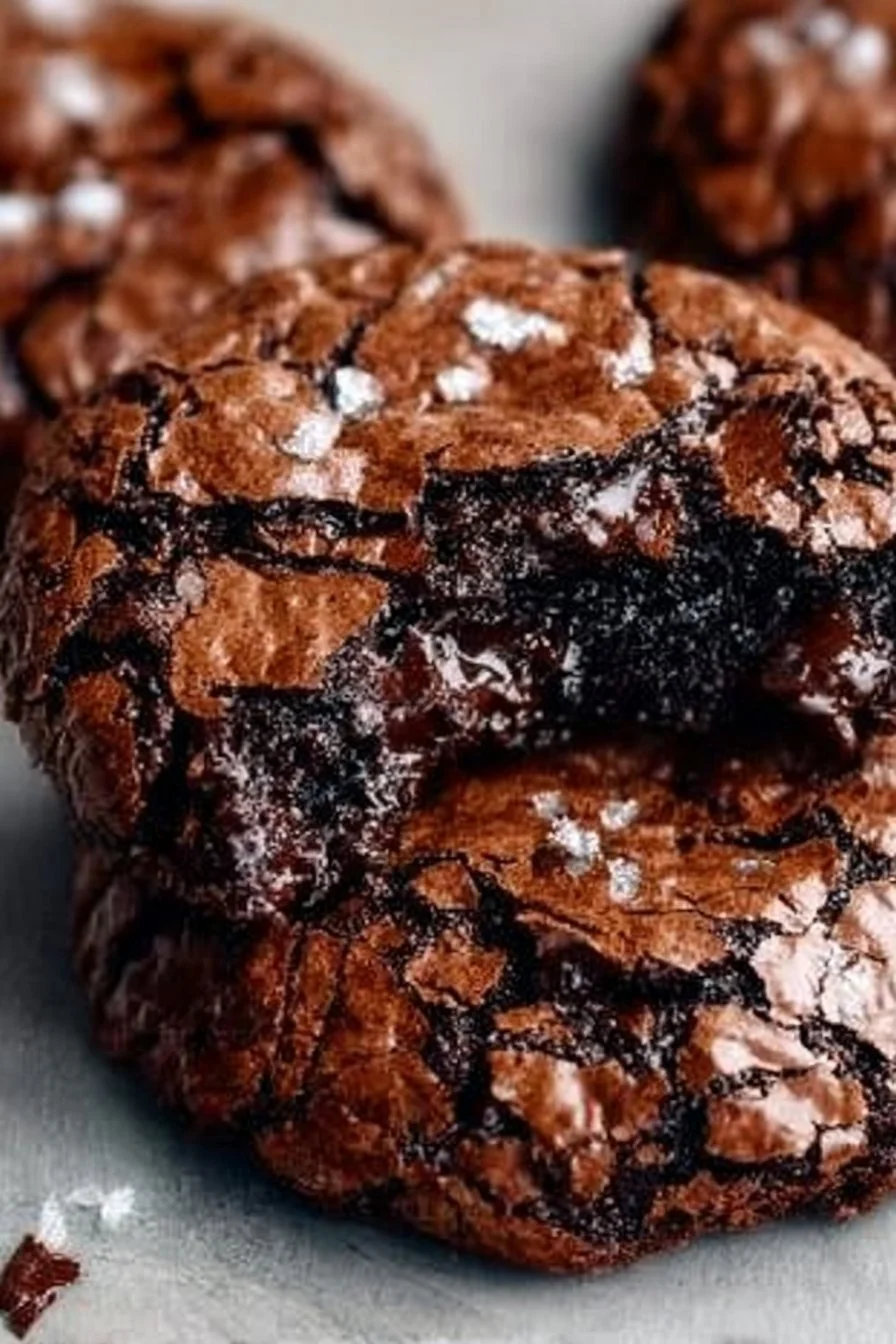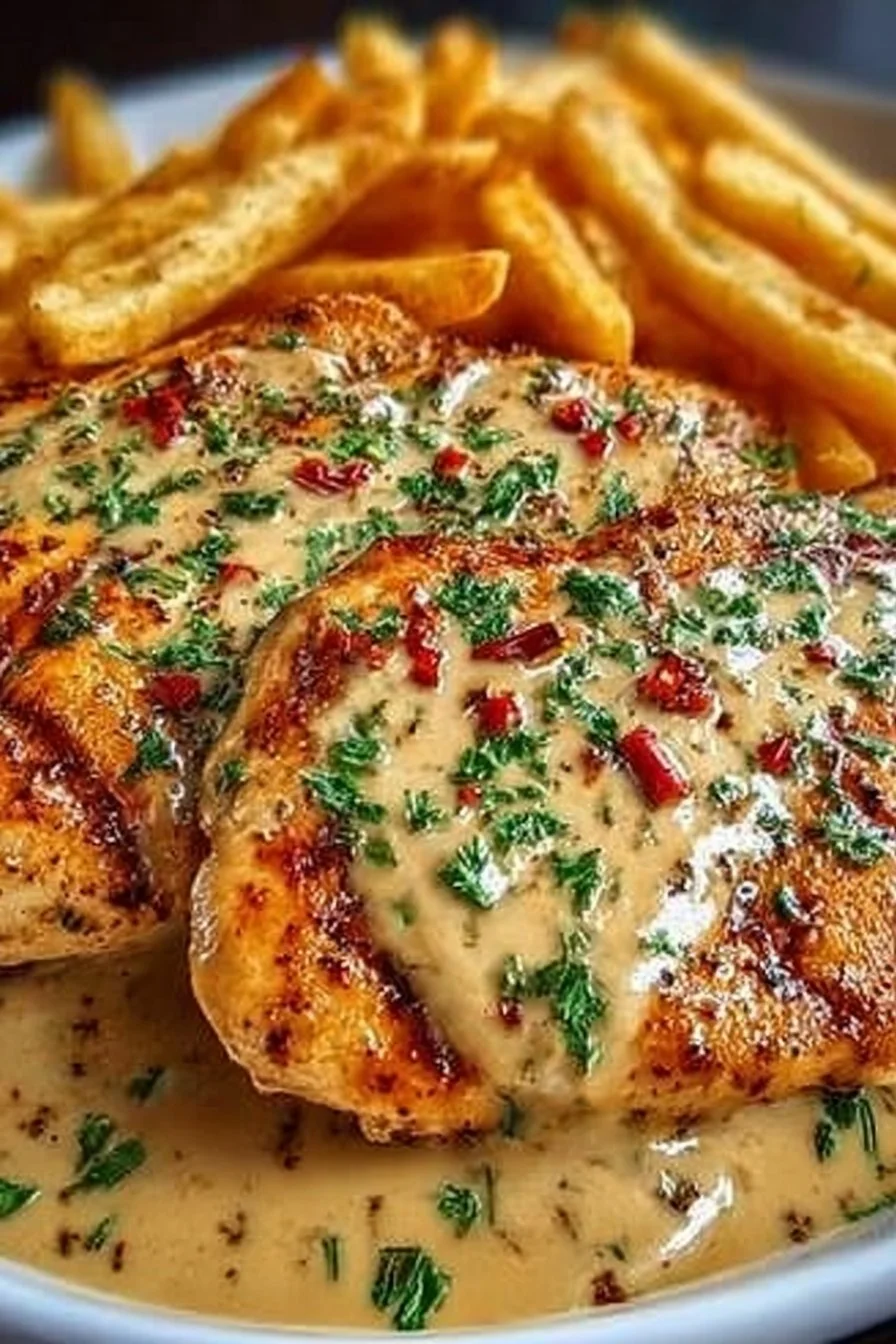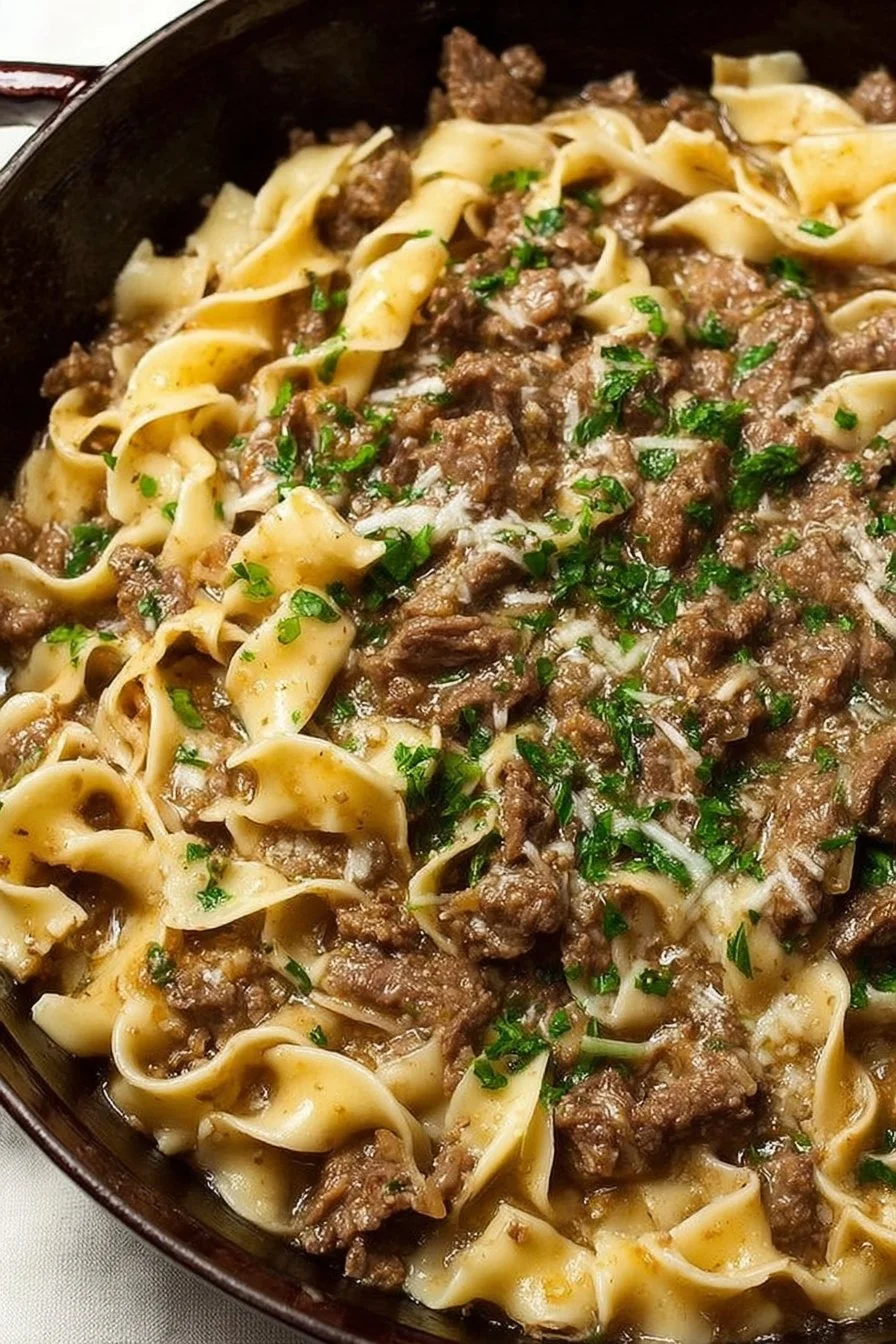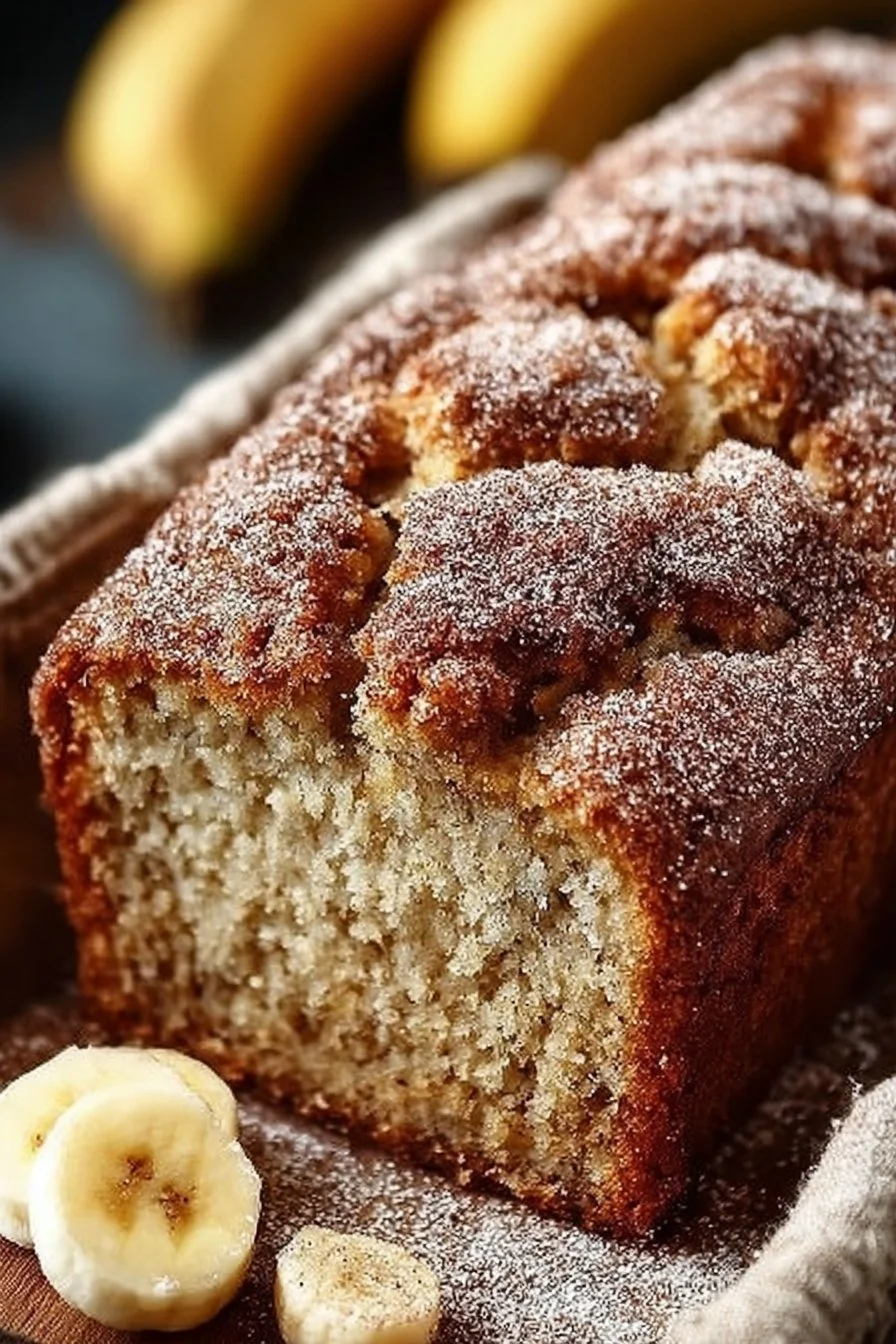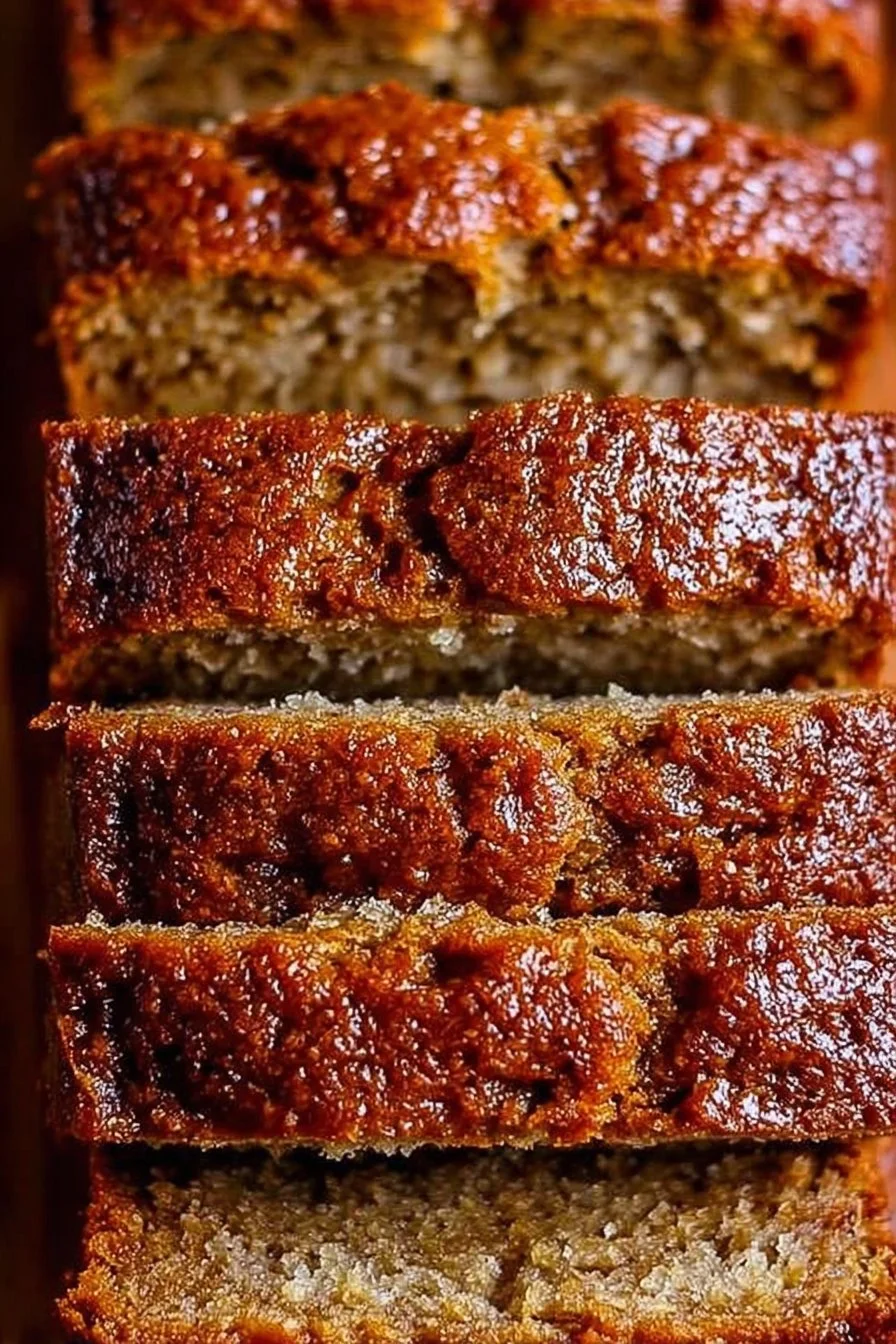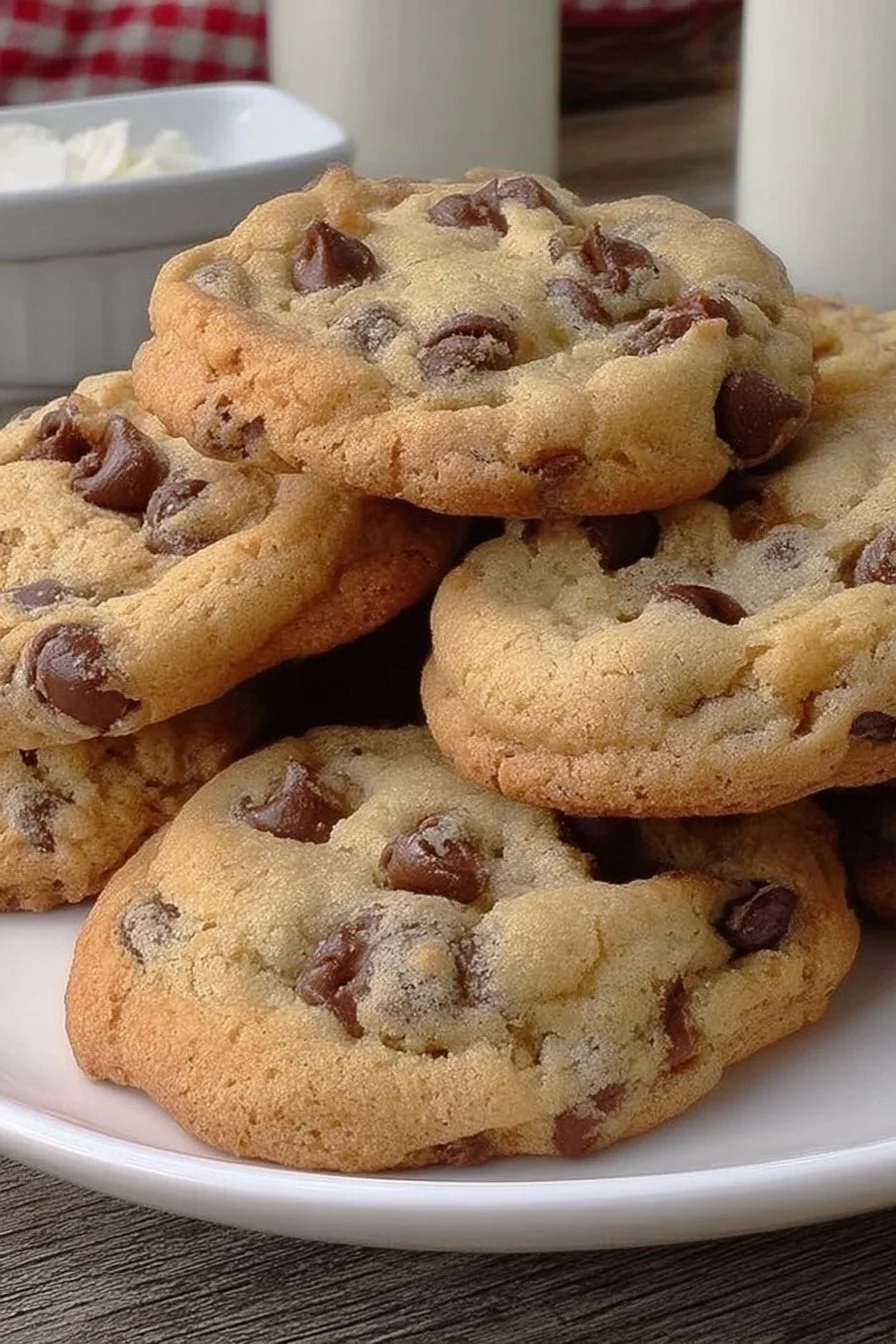Some bakes stay with you because of how they taste, others because of how they make you feel. The first time I made this brown butter cake, it was one of those messy Saturday afternoons when I had more errands than time. Butter was sizzling on the stove, kids were asking for snacks, and my counter looked like a flour storm had just passed through. Then the scent hit me warm, nutty, almost caramel-like and everything slowed down. This cake has been my go-to ever since, because it proves you don’t need fancy ingredients or hours of quiet to make something bakery-worthy. In the next sections, I’ll show you exactly how to brown butter perfectly, keep your crumb tender, and make this cake your own.
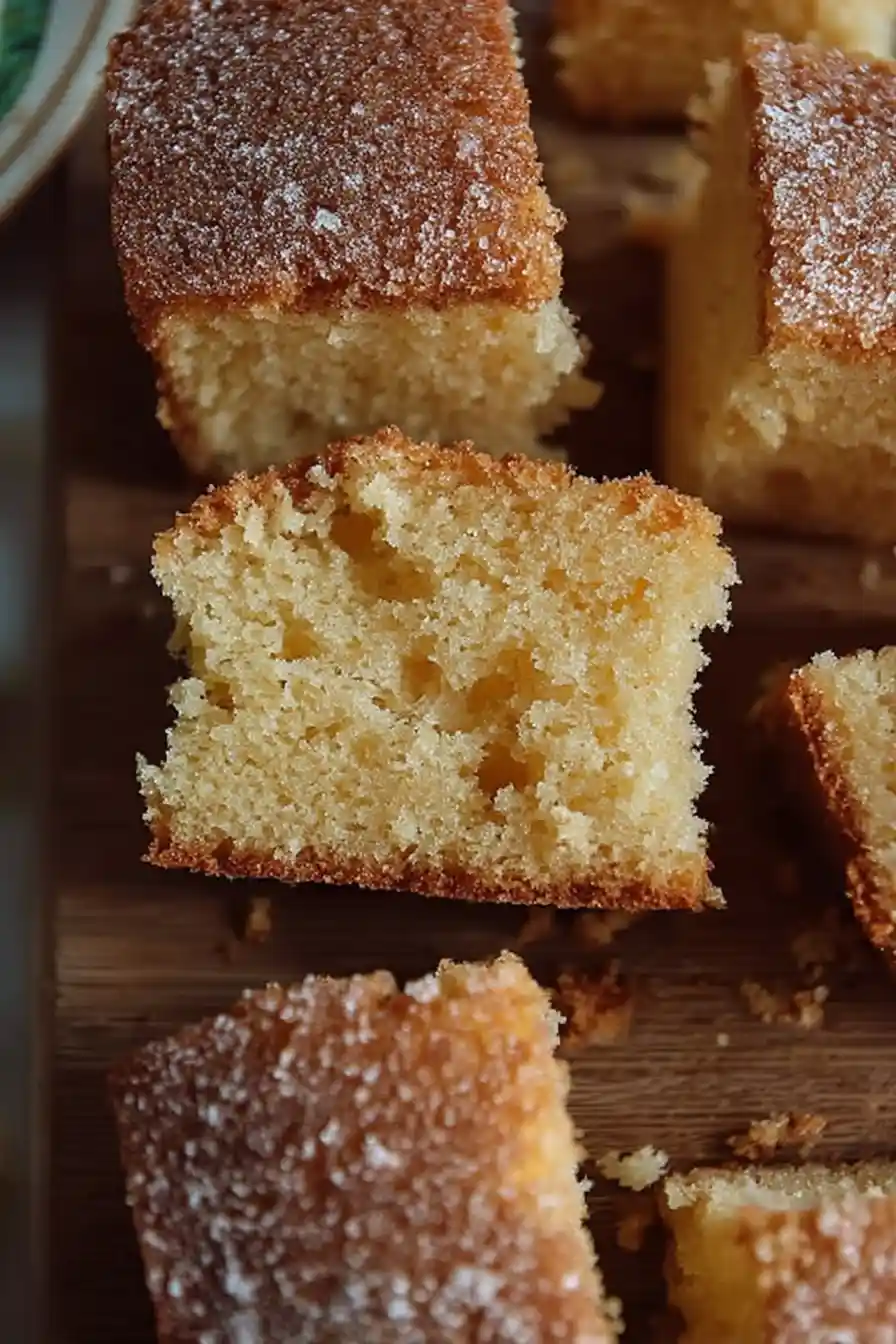
Table of Contents
Mastering the Brown Butter Flavor
The magic of browning butter
Browning butter isn’t complicated, but it’s a skill worth doing right. Start with more butter than the recipe’s final weight calls for because some water will cook off. Place it in a light-colored saucepan over medium heat so you can clearly see the change in color. As it melts, the butter will foam and pop. Keep stirring gently with a silicone spatula, scraping the bottom so milk solids don’t stick. Watch for those tiny golden specks and breathe in that unmistakable nutty aroma. The second the color deepens to a warm amber, remove it from the heat. This step transforms your brown butter cake from good to unforgettable.
What brown butter does for cake
Brown butter adds layers of flavor regular butter simply can’t. The caramelization of milk solids gives it a toasty sweetness, and paired with vanilla and brown sugar, it creates a cake that tastes like it’s been carefully aged for depth. One crucial tip measure your butter after browning to keep your ratios correct. If you skip this, your cake could turn out greasy or dry. This attention to detail is what separates a decent cake from a tender, moist crumb you’ll be proud to serve.
Simple Tools for This Recipe
Using the proper equipment streamlines the process and makes baking this cake more enjoyable:
- Light-colored saucepan that lets you clearly see the butter as it browns.
- A roomy mixing bowl that can comfortably hold and blend both wet and dry ingredients.
- Whisk or silicone spatula to mix the batter without overworking it.
- Your preferred baking pan, whether that’s an 8-inch round, 9×13-inch rectangle, or cupcake tin.
Building a Tender, Moist Crumb
Choosing your ingredients
Cake flour works best here since its lower protein level limits gluten formation, giving the cake a fine, delicate crumb. Combine it with rich, full-fat sour cream to boost both flavor and moisture in every bite. If sour cream is not available, vanilla Greek yogurt makes an excellent substitute without altering the flavor profile too much. Brown sugar not only complements the nuttiness of the browned butter but also helps retain moisture in the crumb. For readers who love exploring more cake ideas, try the soft bite of my Ultimate Blueberry Cake Donuts for a completely different yet equally tender texture.
Mixing method and tips
The mixing stage is where you lock in that softness. Once the browned butter has cooled slightly, whisk it with the sugars until the mixture looks fluffy. Add the eggs individually, blending each one thoroughly before moving to the next. This ensures the batter emulsifies properly, which is key for structure. Always mix your dry ingredients separately before folding them into the wet mixture. Over-mixing at this stage can toughen the cake, so stop as soon as the flour disappears. Fold in sour cream last for an extra moisture boost. For a completely different but equally indulgent dessert, take a peek at my Cosmic Brownie Cake, which also focuses on balancing structure and moisture for a satisfying bite.
Variations and Practical Baking Hacks
Scaling shapes and sizes
What makes this Brown butter cake stand out is how easily it adapts to different formats. You can make it a show-stopping layer cake, a casual sheet cake, or even cupcakes. For a 9×13-inch sheet cake, bake for about 35 to 40 minutes. If you prefer a layer cake, divide the batter evenly into three 8-inch pans or four 7-inch pans, adjusting the baking time to 25 to 30 minutes. Check for readiness by inserting a toothpick into the center it should come out clean or with a few moist crumbs. This recipe also adapts beautifully for smaller occasions; just halve the recipe for a single 8-inch layer. For citrus lovers, a touch of lemon zest gives it a fresh twist, inspired by my Lemon meringue pie cookies. Or, for pure indulgence, serve it with a drizzle of the rich chocolate ganache I use on my Fudgy black forest brownies.
Professional tips for flawless results
To create bakery-level results at home, weigh your batter so each pan bakes evenly. This prevents one layer from drying out while another is underbaked. If you are baking a thicker cake, consider using heating cores to help the center bake through without overcooking the edges. Once baked, let layers cool completely, then chill them in the fridge before frosting. This makes assembly easier and reduces crumbs. A serrated knife is your best tool for leveling layers so they stack neatly. These small steps transform a homemade bake into something that feels polished and professional. For another recipe where these techniques shine, check out my Best Carrot Cake Cookies they prove that a little attention to detail makes all the difference in texture and presentation.
Frostings, Storage & Serving Tips
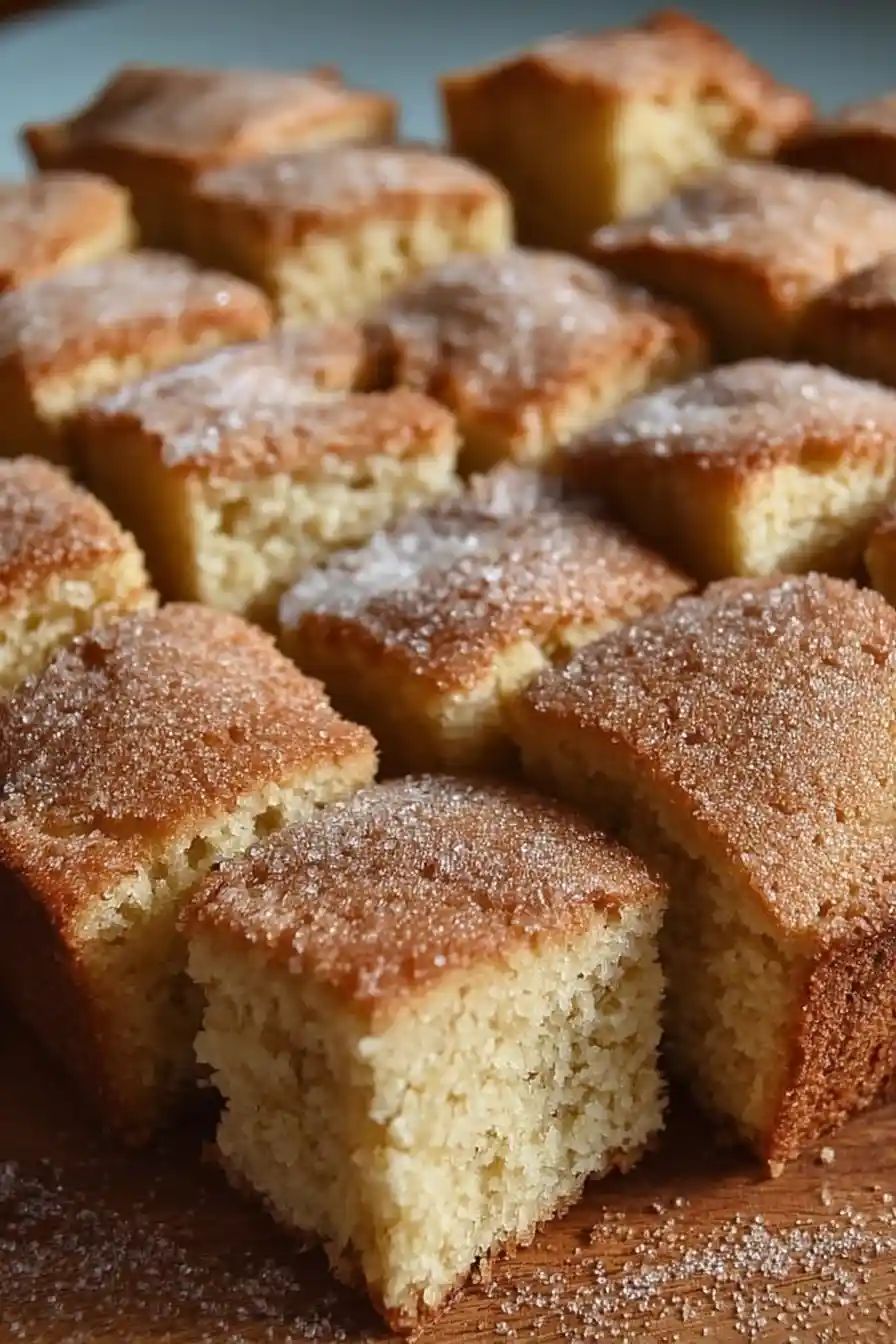
Frosting ideas
The rich nuttiness of a brown butter cake pairs beautifully with a variety of frostings. A brown butter buttercream deepens the flavor for those who can’t get enough of that toasty aroma. Cream cheese frosting adds a tangy counterpoint that balances sweetness. For something lighter, try a simple vanilla glaze or a mascarpone-based frosting. You can even experiment with chocolate ganache if you want a bolder finish. If you like pairing desserts for gatherings, my Blueberry cake donuts offer a fruity option, while the Chocolate chip pecan cookies bring a chewy, nutty bite to the table.
Storage, make-ahead, and freezing tips
You can keep unfrosted cake layers at room temperature for up to two days by wrapping them well in plastic to lock in moisture. If you need to store them longer, refrigerate for up to a week or place in the freezer for about a month. Any cake with cream cheese frosting belongs in the fridge. For freezing a frosted cake, let it firm up in the refrigerator first, then wrap it tightly in plastic and follow with a layer of foil to guard against freezer burn. Before serving, allow the cake to warm back to room temperature so the crumb stays tender and the flavor shines through.
Troubleshooting & FAQs
What does brown butter do to a cake?
Browning butter caramelizes its milk solids, creating a nutty, toasted flavor that adds richness and complexity to the cake.
What is the trick to brown butter?
Use medium heat, stir regularly, and watch closely for foam, golden specks, and a warm, nutty aroma. Remove from heat as soon as the color deepens to amber.
Should you let brown butter cool before adding it to the batter?
Absolutely. Allowing it to cool helps maintain the right batter texture and keeps the eggs from cooking too early.
Does browning butter reduce volume?
It does. Water evaporates during browning, so always weigh the butter after cooking to ensure accurate measurements.
What enhances brown butter flavor?
Vanilla, brown sugar, and spices like cinnamon or nutmeg bring out the depth of the browned butter.
Why is my cake dry or dense?
Over-mixing, too much flour, or over-baking can cause dryness. Use a scale for accuracy and remove the cake from the oven as soon as a toothpick inserted in the center shows only a few moist crumbs.
Why did my cake sink in the middle?
This often happens from under-baking, opening the oven door too soon, or using the wrong amount of leavening.
Help! My brown butter burned. What did I do wrong?
You may have used too high a heat or not stirred enough. Keep the heat moderate, stir constantly, and remove from heat as soon as the milk solids turn golden.
Brown Butter Cake: Irresistibly Nutty, Tender and Homey
A rich and tender brown butter cake with a nutty aroma, soft crumb, and sweet crunchy topping. Perfect for any occasion.
- Prep Time: 20 minutes
- Cook Time: 35 minutes
- Total Time: 55 minutes
- Yield: 1 cake 1x
- Category: Dessert
- Method: Baking
- Cuisine: American
Ingredients
2 ½ sticks unsalted butter, measured before and after browning
1 vanilla bean, split and scraped (or 2 teaspoons vanilla paste or extract)
1 cup light or dark brown sugar, packed
½ cup organic granulated sugar or turbinado sugar for topping
3 large eggs
1 teaspoon baking soda
1 teaspoon baking powder
2 cups cake flour (or all-purpose flour with 2 tablespoons replaced by cornstarch)
1 cup full-fat sour cream or vanilla Greek yogurt
Instructions
1. Place butter in a light-colored saucepan with vanilla bean seeds. Melt over medium heat, stirring often, until the butter foams and golden specks form. Remove from heat when fragrant and amber. Let cool slightly before using.
2. Preheat oven to 350°F. Grease and line your chosen baking pan with parchment paper for easy removal.
3. In a large mixing bowl, whisk the cooled brown butter with the brown sugar for one minute until the mixture is thick, glossy, and fluffy.
4. Add eggs individually, blending each one thoroughly before moving to the next. Stir in vanilla paste or extract if not using a bean.
5. In a separate bowl, whisk together flour, baking powder, and baking soda to evenly distribute the leavening.
6. In two or three additions, gently fold the dry ingredients into the wet mixture until just combined and no streaks of flour remain.
7. Gently stir in sour cream until smooth, making sure not to overmix so the cake stays tender.
8. Spread batter evenly in the prepared pan and sprinkle with granulated or turbinado sugar for a crisp, sweet crust.
9. Bake according to your chosen pan size until a toothpick in the center comes out clean or with a few moist crumbs.
10. Cool completely in the pan before slicing and serving for the best texture and flavor.
Notes
For a layer cake, divide the batter into three 8-inch pans and bake for 25–30 minutes.
For a sheet cake, use a 9×13-inch pan and bake for 35–40 minutes.

